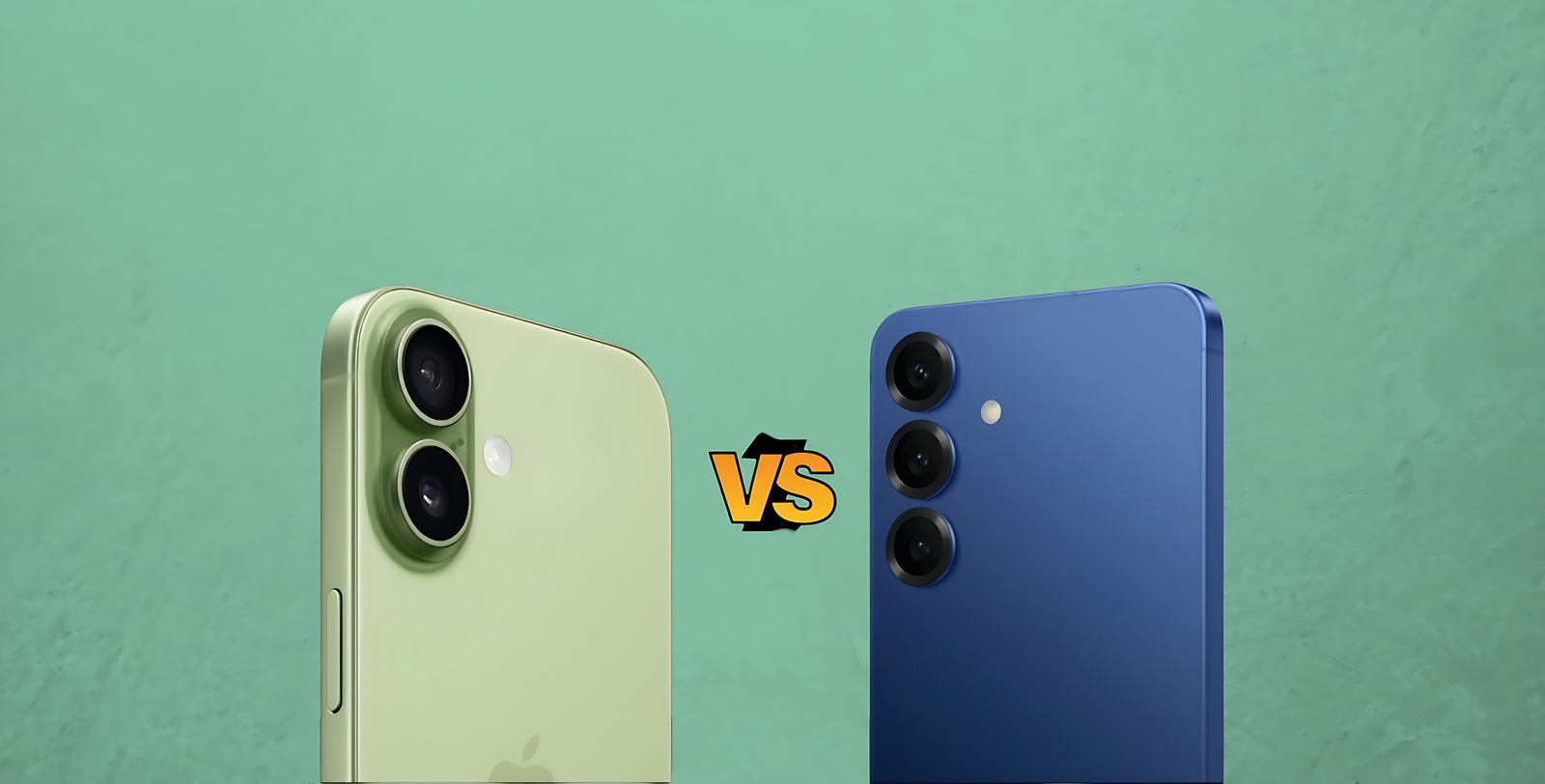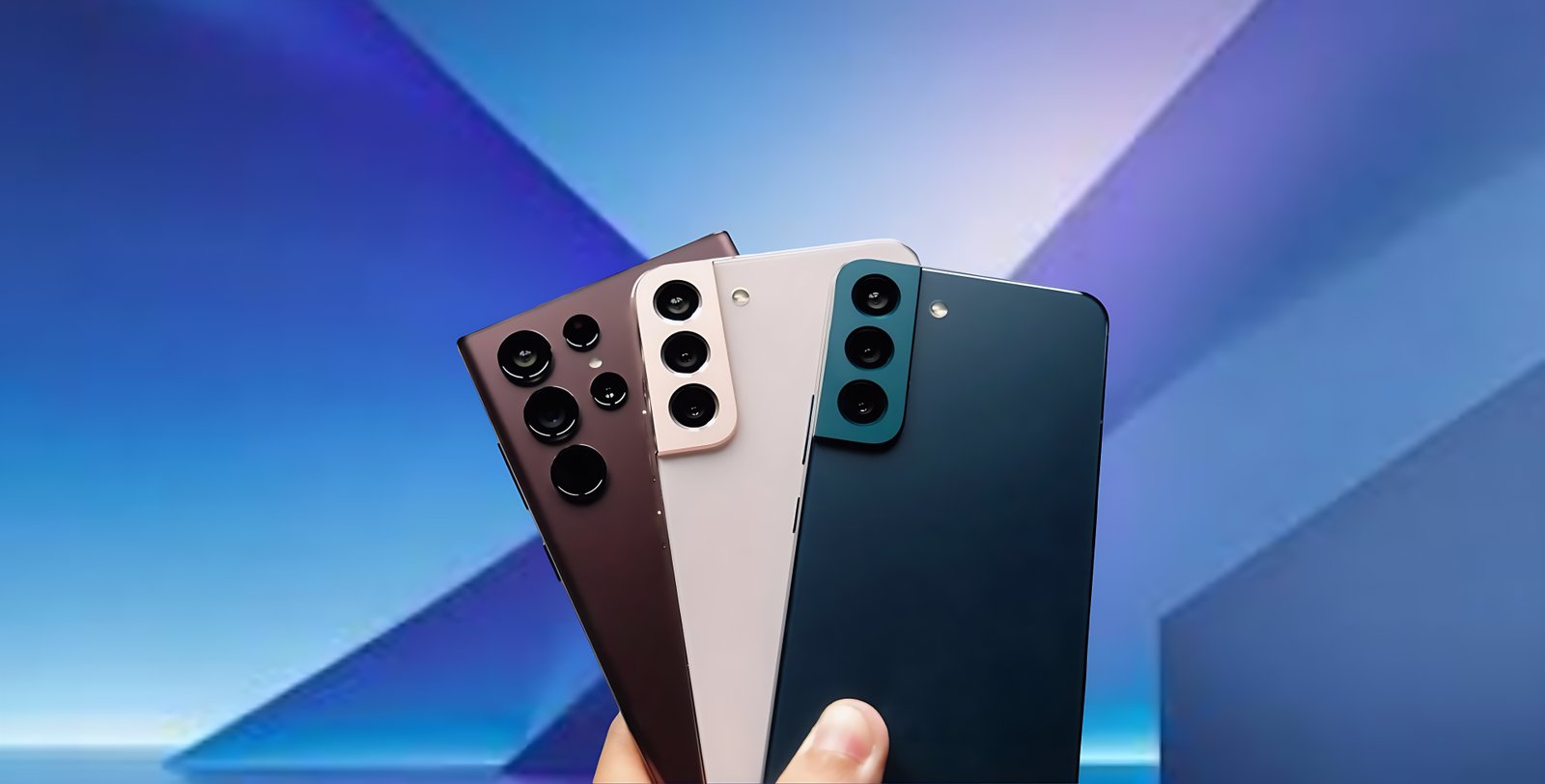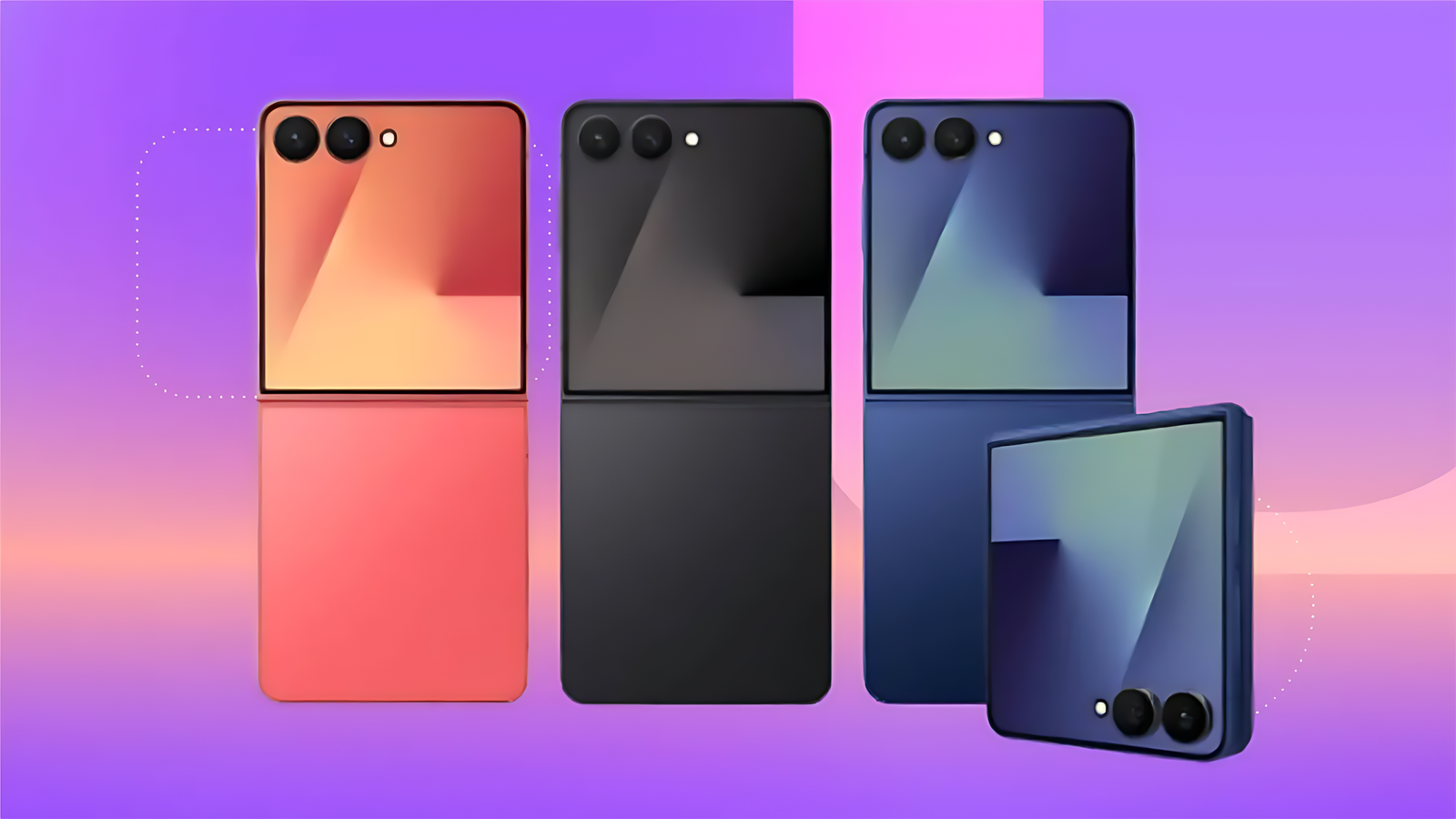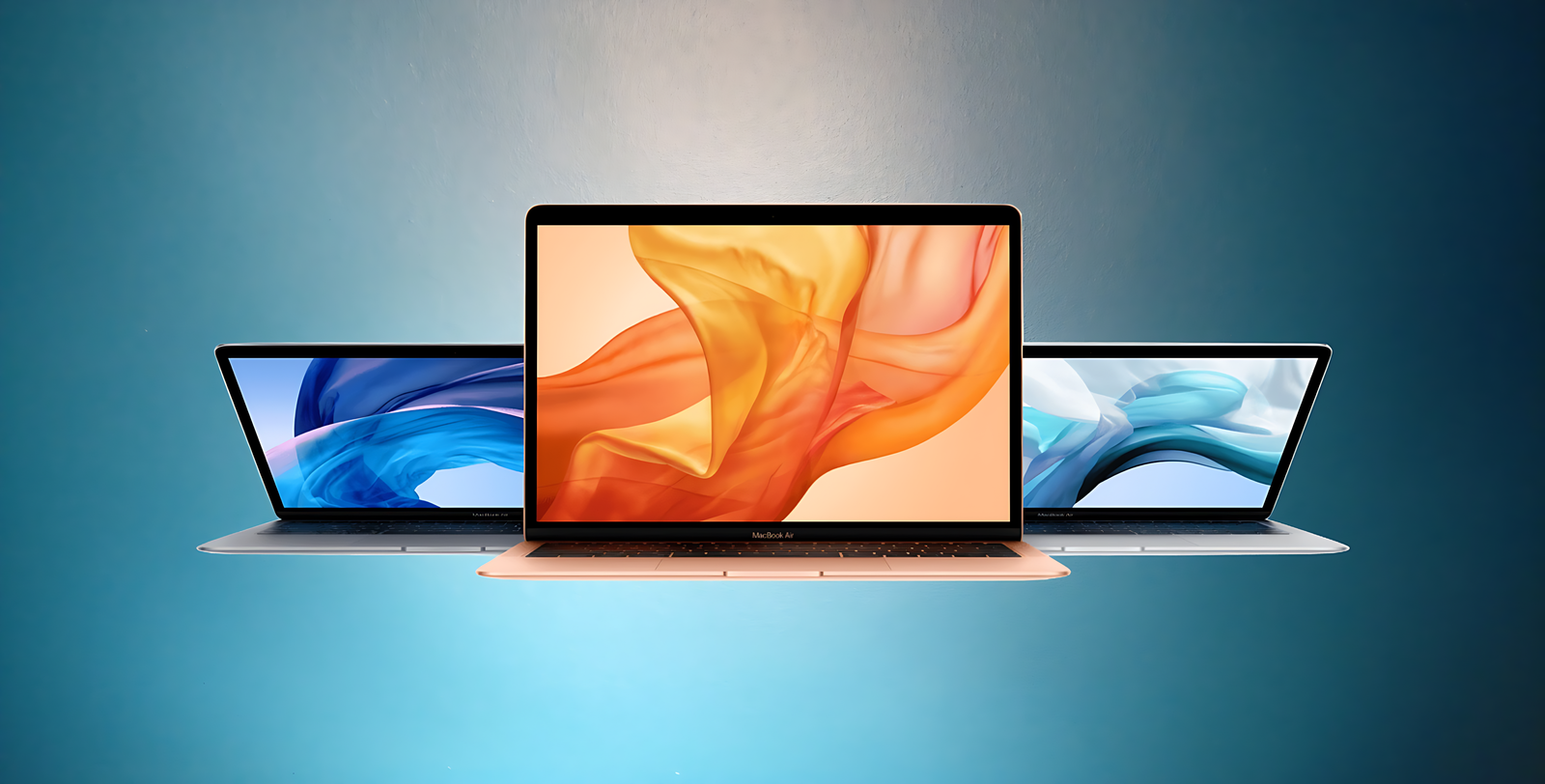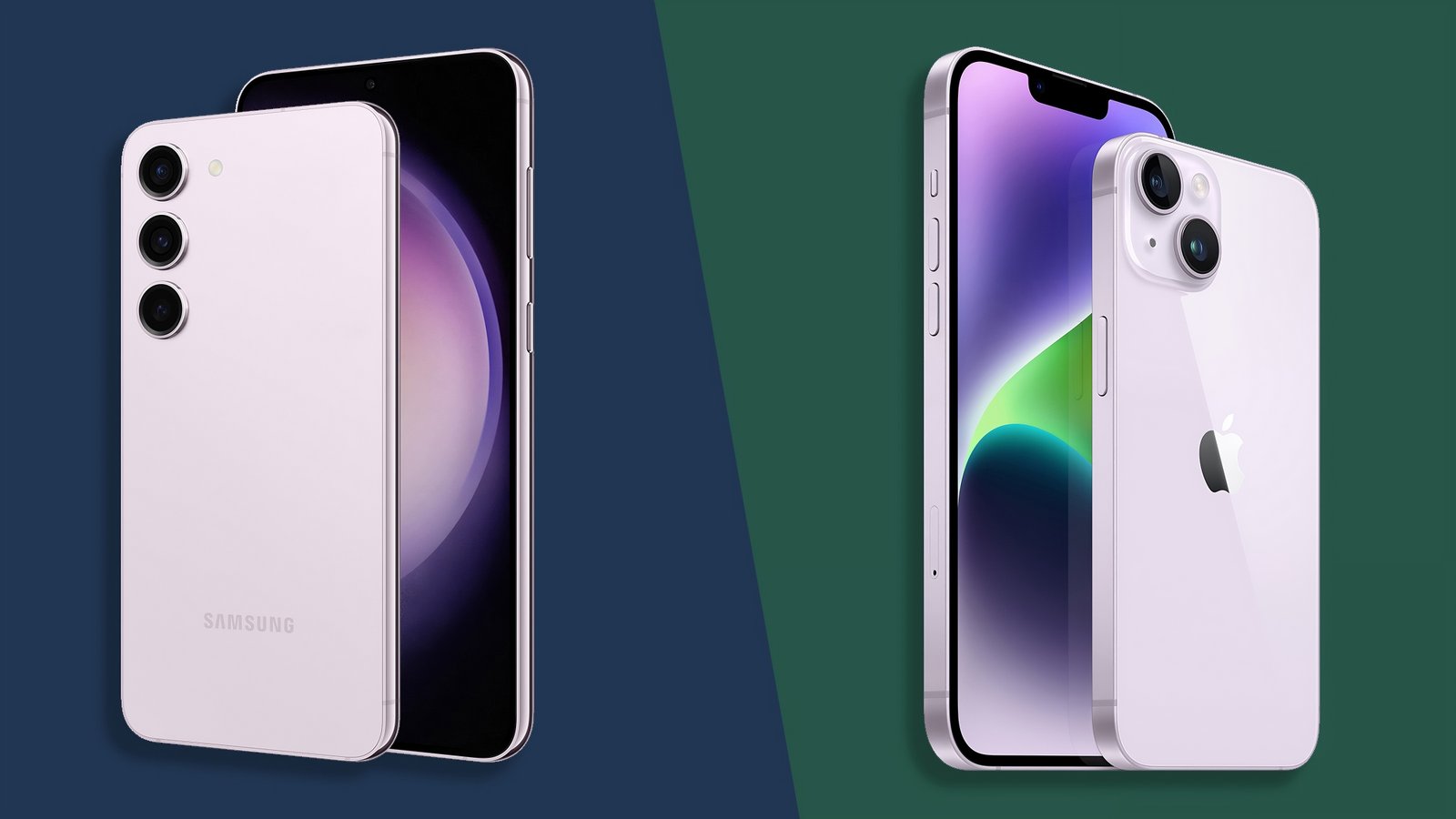
iPhone 14 vs Samsung Galaxy S23: Which One Really Delivers in 2025?
Choosing between the Samsung Galaxy S23 and iPhone 14 still remains a struggle for most users in 2025, especially when it comes to refurbished phones or mid-range premium options. Both of these smartphones offer the best performance, with top-notch build quality, speedy performance, and top-notch camera configurations. But a head-to-head comparison, which provides the most value today?

Let's dive into the primary differences between the Apple iPhone 14 and Galaxy S23 in regard to design, performance, camera, software, and overall user experience.
Design and Build Quality
The iPhone 14 still follows classic Apple design with an aerospace-grade aluminum case and a ceramic shield front. Having five colors, it is a minimalist but resilient phone that naturally fits the hand. It is furnished with flat edges and symmetrical bezels that create clean lines. While Apple didn't depart far from the iPhone 13 in terms of look, uniformity will help long-time fans sleep at ease.
On the other hand, the Samsung Galaxy S23 introduces a more refined and modern look with a flat-edge design and Gorilla Glass Victus 2 on both sides. Samsung moved away from the contour cut camera bump of the S22, instead opting for individual camera rings that sit flush with the back panel. It feels lighter and slightly more compact than the iPhone 14, which some users might prefer.
These two smartphones both come with IP68 water and dust resistance, making them long-lasting for everyday use. Design preference ultimately comes down to individual taste: the iPhone 14 is more towards traditional simplicity, whereas the S23 has a more modern and sophisticated look.
Display Quality
Samsung is a leader in the world of display technology, and the S23 model is not behind. Display features in the S23 model include a 6.1-inch Dynamic AMOLED 2X with a 120Hz refresh rate and peak brightness of 1750 nits. The colors are vivid, blacks are deep, and scrolling is incredibly smooth due to high refresh rate.
The iPhone 14, in contrast, has a 6.1-inch Super Retina XDR OLED screen with up to 1200 nits peak brightness and a 60Hz refresh rate. While Apple's colour calibration is top-notch and the display is breathtaking, the non-120Hz support on the standard iPhone 14 is a significant drawback in 2025 when the majority of mid-end Android smartphones now have higher refresh rates.
If display smoothness and brightness are priorities, the Galaxy S23 clearly pulls ahead.
Performance and Battery Life
Both of the smartphones passed the delivery of the best performance till now, 2025, but with different approaches. The iPhone 14 is powered by Apple's A15 Bionic chip, which might be a bit old but is highly capable. The chip also handles multitasking with good gaming and video editing capabilities. iOS optimization ensures the device stays smooth even after years of use.
Samsung Galaxy S23 is powered by the Snapdragon 8 Gen 2 for Galaxy, a uniquely optimized processor that boosts performance and efficiency. It is one of the fastest Android chips to have been made so far and performs all tasks with ease, whether it's intense gaming or 4K video capture.
Battery life is great on both phones. The S23 has a 3900 mAh battery with efficiency over time, running a full day on normal use. It has support for 25W fast charging and 15W wireless charging. The battery on the iPhone 14 is a bit smaller, but Apple's close hardware-software pairing makes for impressive real-world performance. But charging speeds are slower, with maximums of 20W via cable and 15W through MagSafe.
The Camera Capabilities
The iPhone 14 features a dual 12MP rear camera setup with sensor-shift optical image stabilization and Photonic Engine for better low-light photography. Apple continues to excel in natural color tones and consistent performance across photo and video modes. Video capabilities, in particular, are a strong suit with cinematic mode, Dolby Vision HDR, and rock-steady stabilization.
The Galaxy S23, however, ups the ante with a triple-camera system: 50MP main, 12MP ultra-wide, and 10MP telephoto with 3x optical zoom. Photos are sharp, detailed, and vibrant—Samsung’s processing leans toward saturated colours, which many users find appealing. Night mode has significantly improved, and the S23’s camera is more versatile, especially for zoom photography.
The S23's video is also fantastic, with 8K recording and great stabilization, although Apple's lead in cinematic video modes still holds.
Software and Ecosystem
The iPhone 14 runs iOS 17, with Apple’s typical commitment to long-term updates and a polished, secure interface. For users already in the Apple ecosystem, with an iPad, Mac, or Apple Watch, the experience is incredibly seamless. Features like iMessage, FaceTime, AirDrop, and iCloud syncing offer unparalleled convenience.
Samsung Galaxy S23 is based on Android 14 with One UI 6, which provides greater customizability. Samsung has itself made a major departure from its update policy by now offering 4 years of OS updates and 5 years of security patching. Features such as DeX mode, link to Windows, and close Google integration make the S23 just as potent, particularly for productivity.
The Both the iPhone 14 and the Samsung Galaxy S23 are great phones for 2025, and there is no singular winner; both have their pros. So, if you desire a smoother display, fast charging, and a more flexible camera, the Galaxy S23 would be a great option. This is particularly attractive to Android enthusiasts or those who would like more control over their smartphone experience.
While iOS is more restrictive, for many users, it seems smoother and more stable to the user. Android is free and flexible. In this case, one chooses what one prefers between the two, based on how much is already invested in an ecosystem.
Which Phone to Buy in Ireland
However, if you really care about long-term software updates, tight ecosystem integration, and superior video recording, the iPhone 14 is a reliable and powerful device, especially because it would pair well with other Apple devices you may already own.
So, the answer essentially depends on your preference between iOS and Android, photography and videography, or a design and display form factor. Both phones are still relevant, capable, and worth considering in 2025.








